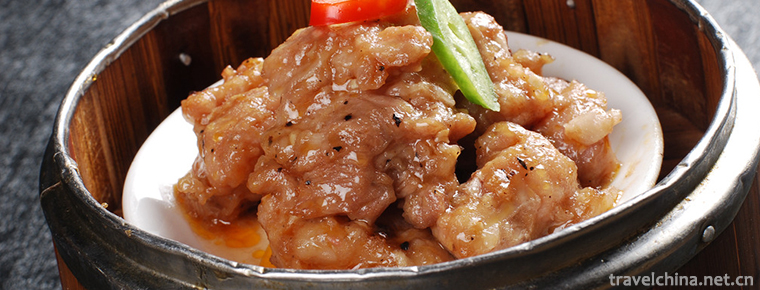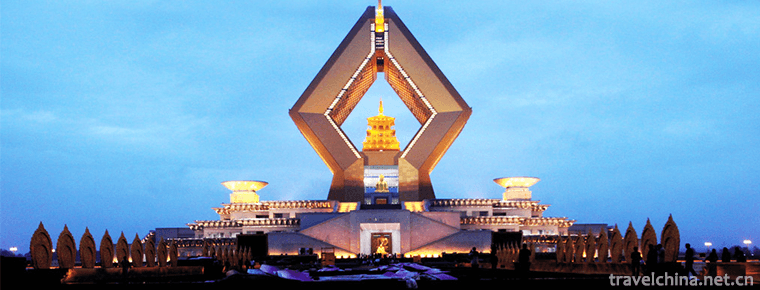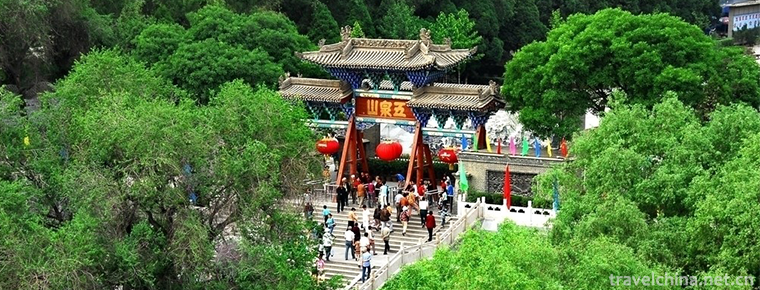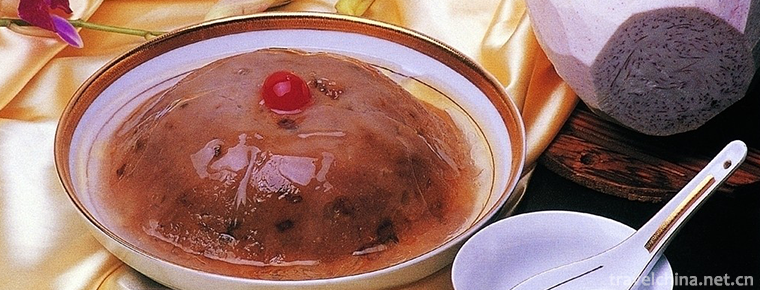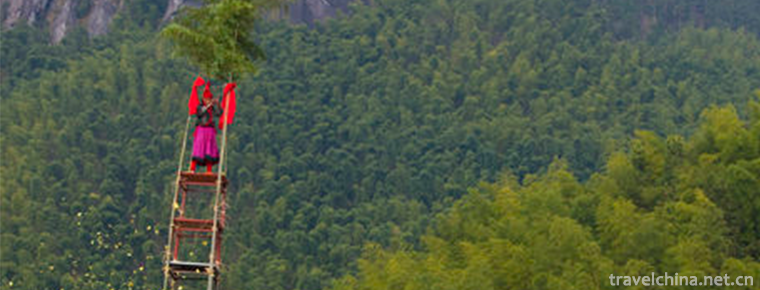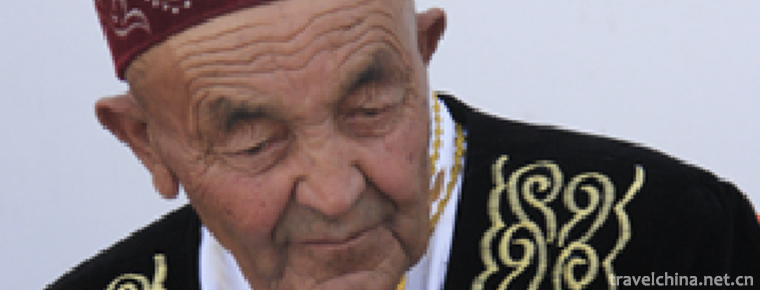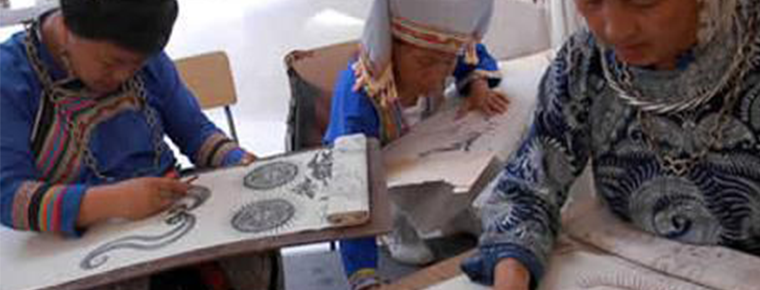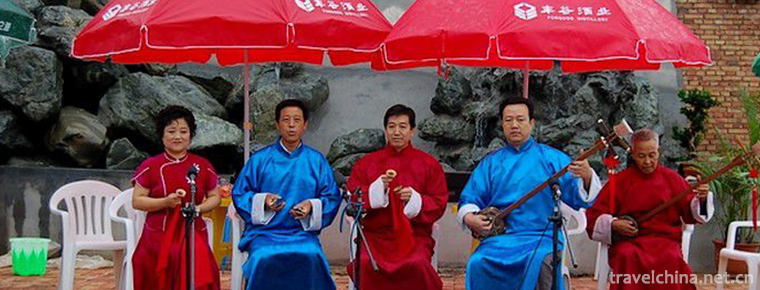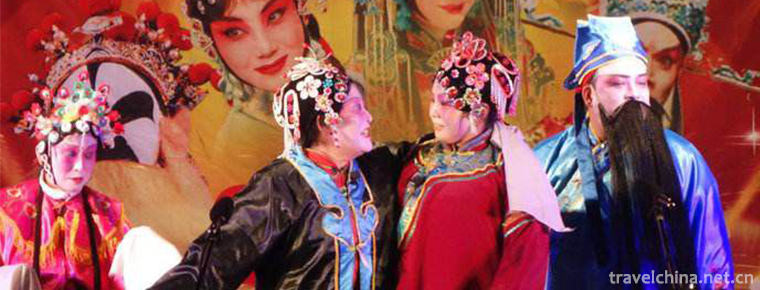Construction Techniques of Li Nationalitys Ship type House
Construction Techniques of Li Nationality's Ship-type House
The carrier of the excellent architectural skills of the Li nationality will inevitably fade out of sight in the fierce collision between traditional civilization and modern civilization. Today only a few villages remain relatively complete. The construction techniques of Li boat houses are still not lost, just as Li girls seem to be born with beautiful Li brocades. The only worry is that as more and more Li villagers move out of the ancient villages where their ancestors have lived for generations and move into the brick and tile houses planned and built by the government, when the uninhabited hull dwindles gradually until the last hull collapses, when the hull is forgotten by the world, the craft of building hull will also be lost.
In 2008, the construction techniques of Li boat houses were approved by the State Council and listed in the second batch of national intangible cultural heritage list.
Building skills
At the foot of Yulongling, 81 boat houses, the carrier of Li's excellent architectural skills, once attracted scholars, painters and photographers from Beijing, Shanghai, Guangzhou and Shenzhen. Baicha Village, a remote village, has broken the tranquility of the past in recent years because of the existence of boat houses. This is also a village where traditional civilization coexists with modern civilization. When people on the other side of Yulong Mountains already live in reinforced concrete forests, boat houses are still the main habitat for villagers. It belongs to Li village. The 81 well-preserved boat houses in this village are the traditional dwellings of the Li people and the crystallization of the traditional wisdom of the Li people.
Because of information blockade, the good news that Li boat house building skills were selected into the national non-legacy list has not been widely spread in the village, Baicha village is as quiet as ever.
Skill inheritance
In the Li nationality inhabited area in the south-central part of our province, we can see some houses which resemble upside-down hulls when we observe them carefully. The roof is arched, mainly made of thatched grass, and the eaves almost fall to the ground. This kind of building is a ship-shaped house inherited from generation to generation by Li compatriots, and also a unique invention of Li nationality. Similarly, in the Li people's gathering area, we can see another kind of building with different structures. The pyramid spire is equipped with higher eaves, more indoor rooms and courtyards, but we can still find bamboo and thatch structures. Both the pyramid house and the boat house are unique buildings of the Li nationality. They seem to be quite different, but between the bamboo frame and the masonry, the inheritance and integration can be seen dimly.
The dark and fragrant memories of the yellow mud thatch house
"In the past, we could see many boat houses on the roadside, big and small, some of them were magnificently built, and the front eaves were raised high, like a huge bow." Along the winding middle line of Haiyu, the cool wind in the mountains disturbed the hair of Li youth in front of their small Chen. After arriving at Wuzhishan city, we enter the fork road to Nansheng Town and go to Shuiman Township, passing through Shilan Village along the way. "There used to be some buildings like boat houses in the village. When I was a child, as long as I passed through here, my father would always tell me that this is our forever home of the Li people." Xiao Chen said.
In the central Li nationality inhabited area of Hainan Province, there is a kind of architecture similar to the hull, which is called boat house. This is a traditional residence with rich Li nationality characteristics, and also the oldest residence of Li nationality. Its shape is like a boat canopy. It has elevated boat type house and low boat type house. From a distance, it looks like an upside-down boat.
Culture
At the end of 2012, seven traditional villages in Hainan Province were listed in the first batch of Chinese traditional villages, including Baicha Village, Jiangbian Township, Dongfang City. As an important symbol of the agricultural era, villages witness historical changes with their unique forms and display their historical and cultural characteristics, which require us to explore, protect, promote and utilize. This is not only conducive to promoting the construction of international tourism islands, but also conducive to publicizing Hainan's good image. Let's feel the primitive and peculiar cultural charm of traditional villages in Hainan.
Journalists from the International Tourism Island Business Daily drove more than 50 kilometers around the mountains to Baicha Village. Deep in the mountains, we can see many boat-shaped houses arranged in an orderly way. In villages and villages, the cultural elements of Li people are overwhelming. This is Baicha Village, located in Jiangbian Township of Dongfang City. It is a village inhabited by Mobil Li. In 2009, Baichacun Li boat house construction technology became a national intangible cultural heritage protection project. In 2012, Baicha Village was selected as the first batch of Chinese traditional villages with important protection value jointly issued by the Ministry of Housing, Urban-Rural Construction, Ministry of Culture and Ministry of Finance. More than 350 people from 71 families in Baicha village have moved to Baichaxin village, one kilometer away from the original village. More than 80 unique boat houses constitute a village like a peach garden fairyland, which is the epitome and testimony of Li people's history and folk culture for thousands of years.
Baichacun Ship House is the most complete preservation
Baicha Village is located in the eastern mountain area of Dongfang City, near the mountains and rivers. It has the reputation of "the last ancient village of Li Nationality", and is the most complete preserved Li Nationality village in our province.
When we arrived at the intersection of Baicha Village, the staff of the Oriental City Sports Bureau said that in 2009, in the process of the reconstruction and construction of new rural houses in our province, more than 350 people of 71 families in Baicha Old Village had moved to Baicha Xin Village.
Passing through Baichaxin Village leads a rural road to a green farmland. From the side road, the boat houses of Li nationality landing on the ground are surrounded by mountains, coconut trees and betel nuts. Baichacun Li boat house is the home of the Chinese Li people for thousands of years. It records the track of the survival and development of the Li people in southern China and the historical and cultural heritage of the Li people. Baicha Village is the only village in Hainan Province that retains a relatively complete national traditional cultural ecology. It is known as the "last spiritual home of the Li people" and the "living fossil" of traditional dwellings of ethnic minorities in China. It has high historical value. There are more than 80 thatched houses.
The two huge brands standing in the village are particularly noticeable. The Law of the People's Republic of China on the Non-material Cultural Heritage and the Brief Introduction to the Li Boat House in Baicha Village tell us about the magic and specialty of the village. A low thatched hut was situated among the mountains, like a wooden boat. The hull with thatch roof, including "Long" hull, barn hull and residential hull, bears many traditional cultures and primitive memories of Mobil, and embodies the architectural skills of Mobil. The village of Baicha, which has been relocated by the villagers, looks lonely, overgrown with weeds and seemingly isolated from the rest of the world. The thatched huts were also numbered, and the doors were usually locked.
Characteristic customs
Most parts of the country have quietly entered the cold winter, but Hainan is still warm and warm good weather. On the same day, a team of 16 World neurosurgeons headed by Professor Ling Feng, Director of Neurosurgery of Xuanwu Hospital in Beijing, and Professor Madjid Samii, Honorary Chairman of the World Federation of Neurosurgery, formed an expedition team to explore Li Miao amorous feelings in the Penang Valley tourist area.
Located in the beautiful Ganshiling Nature Reserve, the Betelnut Valley Tourist Area is rich in Hainan Li and Miao ethnic customs and cultures, and has attracted a number of national dignitaries, knowledge authorities, artists and entertainment stars to come for sightseeing, creative shooting over the years. The world neurosurgery masters headed by Professor Ling Feng and Professor Madjid Samii are also fascinated by the cultural holy place known as "the living fossil of Hainan and the Museum of the world", and they are curious to explore the historical footprints of Hainan in detail in the Penang Valley tourist area. The worship of goddess of Wuzhishan and Hercules, clan worship of tattoo inheritance, animal worship of frogs and cattle, and natural worship of areca nut, coconut tree, water, wind and thunder are the main features of the Li nationality in Hainan. They show the ancient national customs of Hainan to the neurosurgeons.
The world's neurosurgeons witnessed the brilliant national culture created by the industrious and wise Li people in Hainan in the national cultural exhibition sections such as Ganshili Village, the Intangible Cultural Heritage Village and the stage of Betelnut Ancient Rhyme. Dragon quilt and Li brocade are the representatives of Li nationality's spinning, dyeing, weaving and embroidery skills, Li nationality's boat house building skills with Li nationality's boat house as the core, Hainan's native music culture with Li nationality's bamboo and wood instrumental music as the main part, and Li nationality's totem culture with Li nationality's five dialect areas as the main features, which have won the sincere affirmation of neurosurgeons.
Lai Miao's Custom Experience Tour in Hainan
Whether it's the craftsmanship of the Li boat-shaped houses selected for the second batch of national intangible cultural heritage lists, the performance of the folk musical instrument "Eight-tone", or the Li-Miao culture with Hainan characteristics, Changjiang can always help you find a unique Li-Miao style.
_indulge in "March 3" of Li Miao
The festival of March 3 is held on the third day of March of the lunar calendar every year. It is the most grand traditional folk festival of the Li people in Hainan Province. It is also a beautiful day for Li youth, also known as "Love Festival". On this day, the Li people sing, dance, wrestle, tug-of-war, shoot, swing and enjoy themselves.


-
Old Beijing fried Morchella
The most famous famous food in Beijing is old Beijing tripe and Beijing roast duck. As for the oldest and most prosperous snacks in Beijing, belly burst is definitely the best among them..
Views: 162 Time 2018-10-27 -
Black bean steamed pork ribs
Steamed pork ribs with lobster sauce is a traditional dish with color, aroma and taste. It belongs to Guangdong cuisine department. Cut the chopped pork ribs and add the marinade.
Views: 247 Time 2018-11-02 -
Famen Temple Buddhist Cultural Scenic Area
Famen Temple Cultural Scenic Area is located in Famen Town, 10 kilometers north of Fufeng County, Baoji City, Shaanxi Province. It is 110 kilometers east of Xi'an City and 90 kilometers west of Baoji .
Views: 255 Time 2018-12-12 -
Five spring mountain
Wuquan Mountain is located at the northern foot of Gaolan Mountain, south of Lanzhou City. It is a famous Longshang resort with a history of more than 2,000 years.
Views: 152 Time 2018-12-22 -
Suzhou suburb mudu town
Mudu Ancient Town, nicknamed Duchuan, Xujiang and Xiangxi, is located in the southeast of Jiangsu Province and the west of Suzhou Ancient City. Located in the Taihu Lake Basin.
Views: 135 Time 2019-02-07 -
Eight treasures taro
Babao taro paste is one of the local traditional sweet spots in Fujian cuisine. This dish is delicate, soft, sweet and delicious. It looks like a cold dish but burns its mouth. It has a unique flavor..
Views: 113 Time 2019-03-27 -
Turn over to the nine floor
The Ninth Floor, also known as the Ninth Floor, is a traditional folk activity popular in northeastern Fujian and southern Zhejiang. It is mostly used in rituals such .
Views: 303 Time 2019-04-29 -
Kazakh Dastan
Dastan is the main carrier of Kazakh folk culture. It is a folk rap art with a long history. Every Dastan has a complete story. All kinds of Kazakh folk culture are handed .
Views: 143 Time 2019-05-02 -
Jiali Folk Stories
On May 23, 2011, Jiali Folk Stories were approved by the State Council to be included in the third batch of national intangible cultural heritage list..
Views: 379 Time 2019-05-05 -
Batik art
Miao batik technology, the traditional handicraft of Danzhai County, Guizhou Province, is one of the national intangible cultural heritage..
Views: 111 Time 2019-05-10 -
Qin an Xiaoqu
Qin'an Xiaoqu, also known as the old tune of Qin'an, is one of the national intangible cultural heritages. It is an ancient traditional folk art variety formed and mainly popular in Qin'an and other c.
Views: 174 Time 2019-06-10 -
Quzi Opera
Quzi Opera, the traditional drama of Dunhuang City, Baiyin City, Huating County and Xinjiang Production and Construction Corps in Gansu Province, is one of the national intangible cultural heritage..
Views: 122 Time 2019-06-11

